Te Mauri Paihere ki Mangakootukutuku
 Back
Back
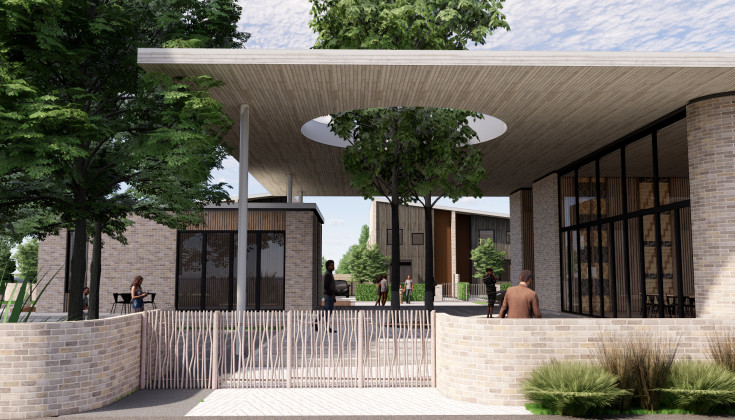
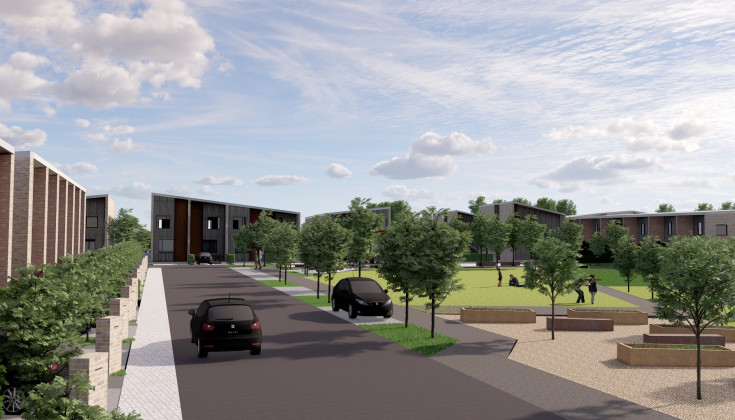


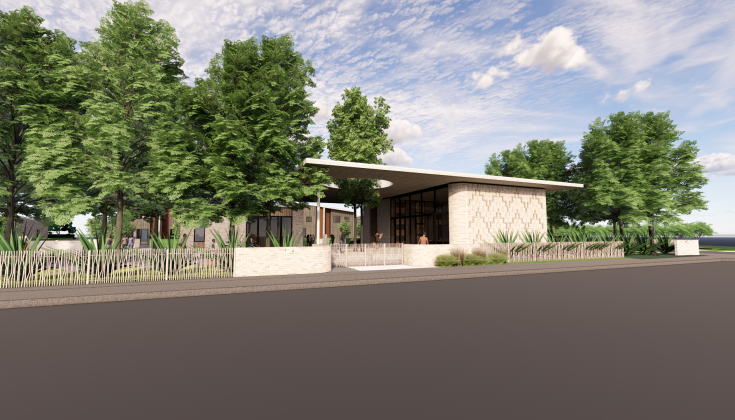
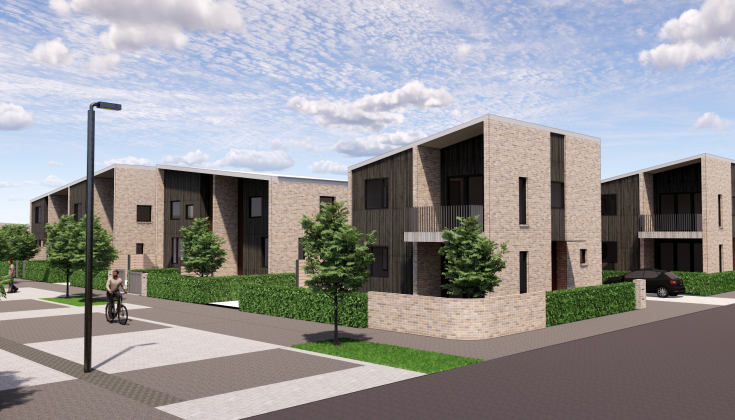
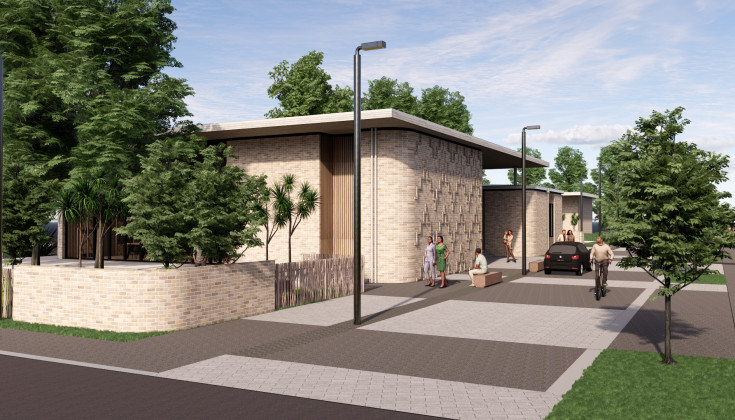
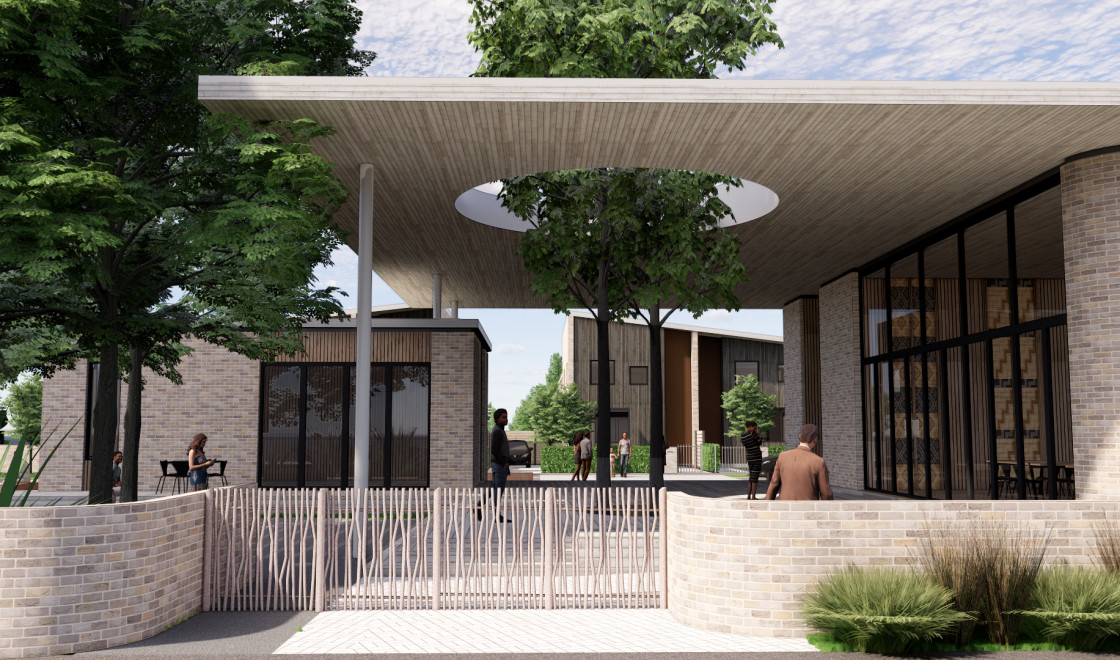

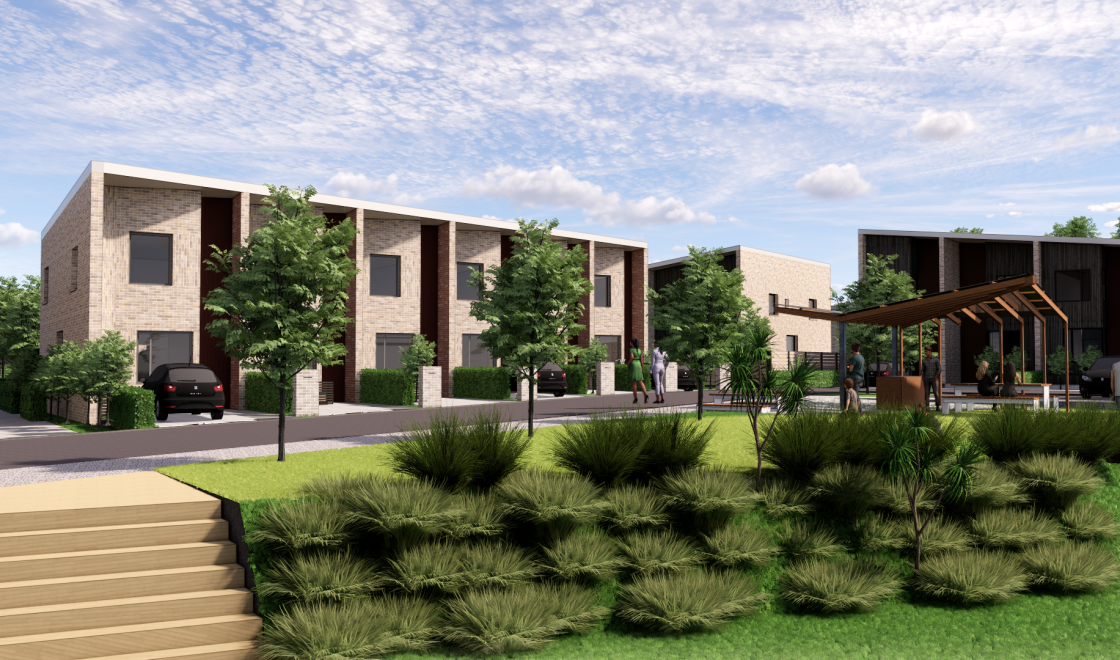
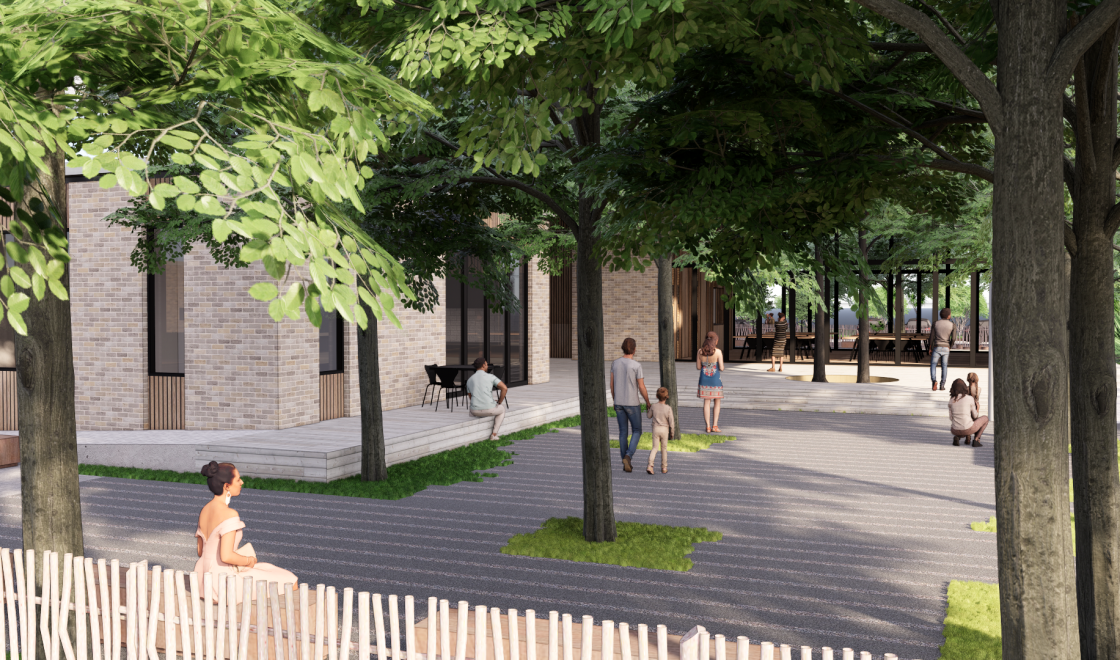
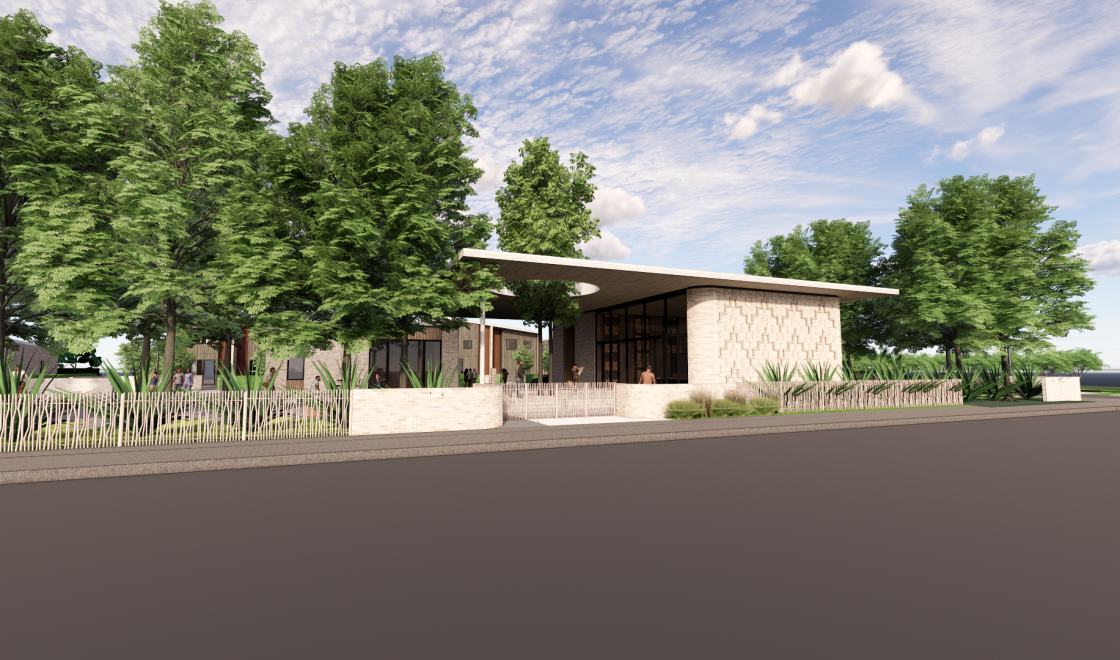
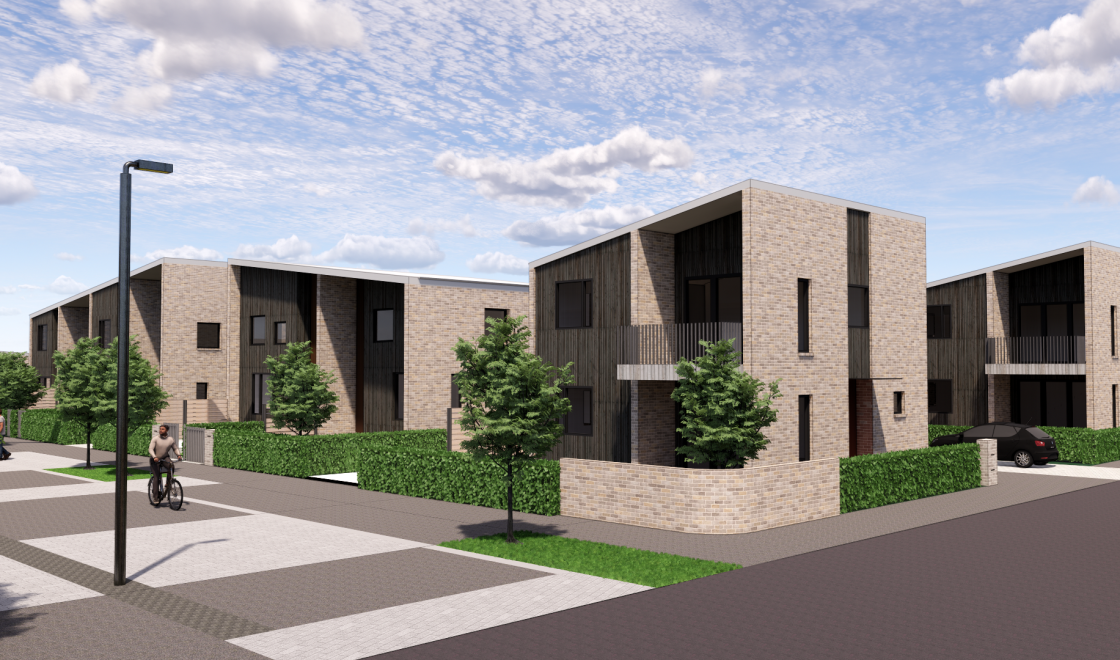

-
Location:
Te Mauri Paihere ki Mangakootukutuku, Melville, Hamilton, Waikato -
Type:
Homes -
Total new homes:
47 -
Rooms:
9 one-bedroom, 32 two-bedroom and 6 four-bedroom homes and a community hub -
Status:
Resource consented, in development
Overview
“Amohia ake te oranga o te iwi, kia puta ki te wheiao”
The wellbeing of the people is paramount
To help meet the high demand for housing in Hamilton, 47 modern, high-quality and healthy homes and a community hub are planned to be built on the corner of Ōhaupō Road (SH3) and Collins Road in Hamilton.
The homes are being developed in a unique partnership which reflects the vision of Te Kiingi Tuheitia Pootatau Te Wherowhero VII, alongside Waikato-Tainui, Kāinga Ora – Homes and Communities and Ara Poutama Aotearoa – Department of Corrections.
The name Te Mauri Paihere ki Mangakootukutuku can be translated as – 'weaving life principles', and has been gifted by Kiingi Tuheitia. It reflects the safe and caring kaupapa Maaori-led support and environment that will be provided for all living in the village-like community.
At the end of 2021 resource consent was granted for the construction of these homes and the community hub on the 2.6 hectare site.
Next steps
Thanks to everyone who attended the drop-in session in April 2021, and who provided feedback on the proposed development. We plan to reconnect again with the community in the early part of 2022, in line with Covid-19 guidance at the time.
Now resource consent has been granted, we are working on further detailed design work and our procurement approach for how these homes will be built.
Work is due to start onsite in the last quarter of 2023, with completion in 2025.
Contact us
We will continue to keep people updated with progress here, and via emails to those on the database. If you have any questions or feedback, or to receive email updates, contact:
Daniel McGrath, Stakeholder Relationship Manager, 0800 801 601 (please ask to be transferred) or 021 463 716 or email waikato.region@kaingaora.govt.nz
Kiingi Tuheitia has generously provided the land upon which Te Mauri Paihere ki Mangakootukutuku will be built. Ownership of the land remains with Pootatau Te Wherowhero. The King’s vision for the development is based on four kaupapa:
- Providing accommodation for whaanau who have an accommodation need
- Providing transitional accommodation and reintegration support for waahine who have recently left a corrections facility, and their whaanau
- Establishing a community centre that will enhance the lives of residents and the wider community
- Ecological restoration of the whenua and awa.
Te Mauri Paihere ki Mangakootukutuku will reaffirm the importance of maatauranga Maaori as a taonga to support whaanau wellbeing. It will strengthen the paihere, or connections, that will support whaanau and the wider community to flourish, by linking residents with services that will operate out of the community hub. Kiingitanga values will be evident throughout the development.
The providing of transitional accommodation and reintegration support for waahine who will have recently left a corrections facility was inspired by a visit Kiingi Tuheitia made to Auckland Region Women’s Corrections Facility. The visit inspired his vision for Ngaa Tapuwae Atawhai, which refers to the King’s compassionate journey.
We are building:
- 47 new one and two-storey state homes on the 2.6 hectare site:
- 9 one-bedroom homes
- 32 two-bedroom homes
- 6 four-bedroom homes
- Three of these will be accessible homes for kaumaatua
- A community hub for use by residents and the wider community
- Homes which are low maintenance, insulated, and double glazed, with carpets and curtains
The people who will live in the homes:
- Small and larger whaanau, couples, and people on their own in need of a place to call home
- 31 of the homes will be matched to individuals and families on the Housing Register, with most expected to have iwi or whaanau ties to the region
- Sixteen homes will house waahine who will have recently left a corrections facility, and their whaanau. These waahine will receive access to navigational services and reintegration support to transition back into the community.
- Kaumaatua
The development will have:
- Large areas of open green space
- Shared maara kai (food gardens), orchards, paa harakeke and other native plantings, stream care
- Natural play elements such as stepping and balancing logs using native timber from the site, developed as a huupara or traditional Maaori playground
- On site rubbish and recycling collection points, ie not from the street
- 53 onsite carparks – one carpark for each of the 41 one and two-bedroom homes and two carparks for each of the 6 four-bedroom homes
- Access via Collins Road only
- An area set aside for a future kohanga reo
Support services:
- Tenancy management by Kāinga Ora, including careful placement of people to ensure the right fit in creating a supportive and connected community
- Settling people into their new home and community
- Regular visits from tenancy managers
- Kaumaatua living on site will provide cultural and social support
- A service provider will provide onsite navigational support services for the waahine who will have recently left a correctional facility to:
- connect them with agencies and services like Work and Income, Whānau Ora, Oranga Tamariki and GPs
- access employment and training opportunities
- develop life skills, such as budgeting and parenting skills or getting a driver licence
| 7-8 April 2021 | Visiting neighbours, delivering of factsheet, feedback opens |
| 15 April | Community drop-in session (4-7pm, Melville High School) |
| 13 April 20 April 27 April 4 May |
Kāinga Ora staff at Glenview Community House, 12-2pm |
| 5 May | Four-week feedback period closes |
| Mid-2021 | Resource consent lodged with Hamilton City Council |
| December 2021 | Resource consent granted |
| 2022 | Detailed design work and procurement |
| Late 2022 | Work to start on site |
| 2024 | Completion of homes and community centre |
How much of a need is there for homes in Hamilton?
The housing market in high-growth Hamilton has been under pressure for some time. There is a growing need for more homes with 1,584 households on the Housing Register at December 2022. Kāinga Ora has around 3,280 homes in the city for people needing public housing, with around 350 extra homes delivered since the end of 2017.
Now resource consent has been granted, what are the next steps?
Detailed design work for the 47 homes and community hub is underway, along with our procurement approach for how these homes will be built. We expect work to start on site in the latter part of 2022, with completion in 2024.
Do you have building consent?
Not yet, but once detailed design work has been completed consents will be applied for.
Who would build the homes?
It’s too early to say right now, but to support regional economic development we would look to contract local build partners.
What design and quality standards would the development and homes meet?
Our aim is to create a community which is inclusive, thriving and connected, with homes which have been built with environmental sustainability outcomes, and which exceed NZ building standard requirements. The development has been designed with input from all four partners as well as specialist architecture, urban design, landscape, and development and construction experts. We have received positive feedback about the proposed development from Hamilton City Council’s independent Urban Design Panel.
How is the vision for the development reflected in the design of the buildings?
The principles of the Kiingitanga have driven and enveloped the design of the site. The predominantly two storey-development represents an efficient use of the whenua, while preserving other parts of the site for shared green spaces and landscape regeneration. The materials used for the buildings are based on colours familiar to Kirikiriroa. This includes the sandy earth tones of the kirikiri (gravel) once seen on the banks of the Waikato River. The kokowai (red ochre) derived from Papatuuanuku and found on the area of Ruakura has been used to colour the entryways of the homes, and is intrinsic to Maaori identity and artistic expression.
How will the wider community be able to use the community hub, gardens and other shared spaces?
Inclusiveness is at the heart of the proposed development, and so the shared spaces are for all to use. While the community hub will provide support services for all whaanau in Te Mauri Paihere ki Mangakootukutuku, it will also provide services to the wider community. We understand there are a range of groups who have contributed to the whenua and Mangakootukutuku Stream, and we aim to enable this to continue.
Who will maintain the homes and how does this work?
As with any rental property, the tenants have responsibility for maintaining certain aspects of their home. In terms of significant maintenance work or repairs, that is managed by Kāinga Ora who has a maintenance team which co-ordinates and manages that work. The tenants would be managed by a Hamilton-based tenancy manager who, as with any rental property, they contact when any maintenance or repairs are needed.
How does Kāinga Ora work with and support their tenants?
We always help our new tenants settle into their new home and community. A key focus of ours is to ensure tenants understand their responsibilities, and that includes being a good neighbour and connecting with their community. If we are made aware of any concerns from neighbours, our Hamilton-based tenancy manager works quickly with our tenants to address these. The tenancy manager will have a regular presence onsite.
About the waahine who will have recently left a corrections facility
Why are you providing whare for waahine who will have recently left a corrections facility?
Reintegrating into the community after serving a sentence in a corrections facility is one of the hardest challenges that people managed by Ara Poutama Aotearoa face. By providing quality homes in a supportive community, access to services and reintegration support, this will help these waahine transition into a crime-free life, which will build stronger whaanau and create safer communities. The waahine will have an accommodation need and many would otherwise be returning to the community without this level of reintegration support.
Where will these waahine come from?
They will have recently completed a sentence in any corrections facility in New Zealand and will be looking to reintegrate into the Waikato region. Many waahine will have iwi connections to Waikato-Tainui, or other long-standing connections to the region.
What support will the waahine who have recently left a corrections facility receive?
They will receive dedicated onsite navigational services from a service provider, who will work with the waahine and their whaanau to connect them with agencies and services like Work and Income, Whānau Ora, Oranga Tamariki and GPs. The service provider will support the waahine into employment and training opportunities and to develop life skills, such as budgeting and parenting skills or getting a drivers licence.
Also, each waahine will have a dedicated probation officer who will support them to meet the conditions and orders of their sentences.
They will be able to access the same services at community hub as all of the other residents and the wider community. Kaumaatua will live at Te Mauri Paihere ki Mangakootukutuku and will provide cultural and social support.
What will the eligibility criteria be for the waahine who will have recently left a corrections facility?
The waahine will have to be assessed as having a genuine accommodation need and likely to benefit from the reintegration support that Te Mauri Paihere ki Mangakootukutuku will offer them. Waahine with high and complex needs will not be eligible to apply. This includes waahine who:
- Present as being at high risk of harm to others
- Have a high risk of serious reoffending, such as highly violent or sexual offending
- Have serious addiction or substance abuse issues
- Have acute mental illness
- Have cognitive impairments.
How long will the waahine live at the whare?
These will be transitional whare, but we want to make sure that the whānau who will live here are not rushed into finding alternative long-term accommodation before they are ready.
- Resource consent granted letter - January 2022 [PDF, 401 KB]
- June 2021 factsheet [PDF, 585 KB]
- Engagement summary [PDF, 292 KB]
- 15 April community drop-in session posters [PDF, 1.9 MB]
- April 2021 factsheet [PDF, 490 KB]
Please note these artist impressions and concept design plans are subject to change.
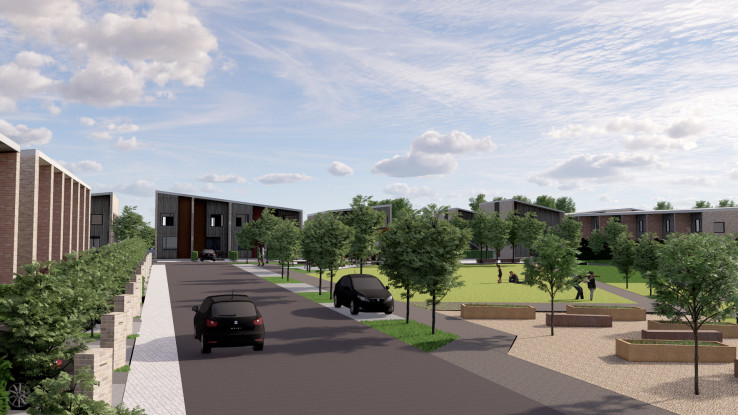
Internal park area, with surrounding homes
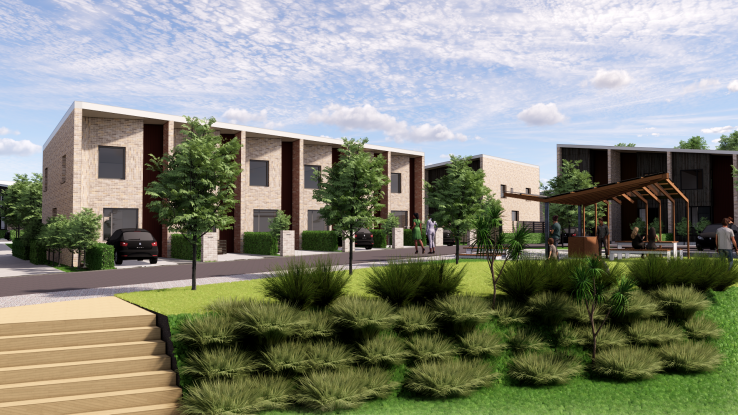
Two-bedroom terrace homes

Community hub outside gathering space

View from Collins Road to the community hub
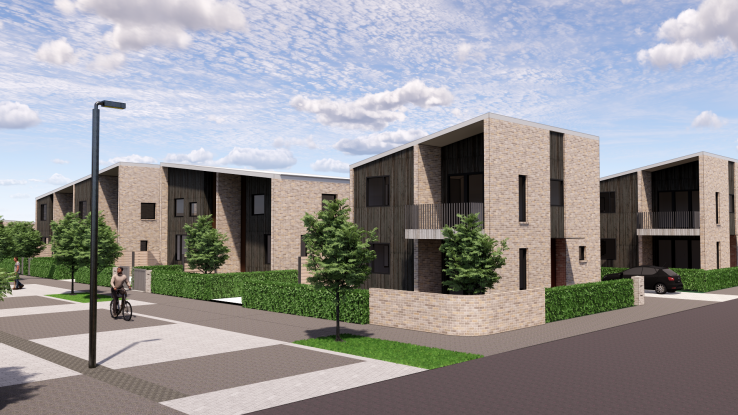
The homes will have outdoor space and some will also have balconies
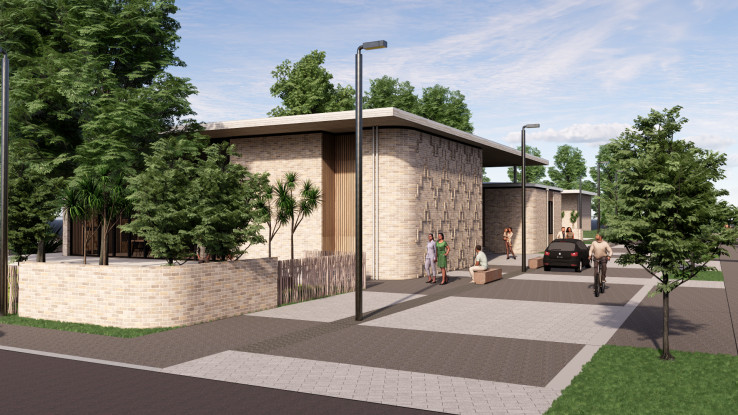
Shared internal street for vehicles and people on foot and bikes

Entrance gate to community hub
Site master plan
Landscape concept plan
Planting plan
For more information
Hamilton and Waikato
Contact Daniel McGrath or Ben Gillette, Stakeholder Relationship Managers, by email or freephone 0800 801 601 and ask to be transferred.
Waikato regional updates
To help meet the urgent need for more housing in the Waikato, Kāinga Ora is looking at how we could redevelop some of our sites. For previous updates please email us.
- Waikato Regional update [PDF, 370 KB] - January 2025
- Hamilton City update [PDF, 418 KB] - January 2025
- Waikato District update [PDF, 300 KB] - January 2025
- South Waikato District update [PDF, 327 KB] - September 2024
- Matamata-Piako District update [PDF, 351 KB] - January 2025
- Waipā District update [PDF, 495 KB] - September 2024
- Ōtorohanga and Waitomo District update [PDF, 377 KB] - January 2025
Taupō, Tūrangi and Thames
Contact by email or freephone 0800 801 601 (ask to be transferred)
Kua whakahoungia te whārangi: 1 Hakihea 2021
